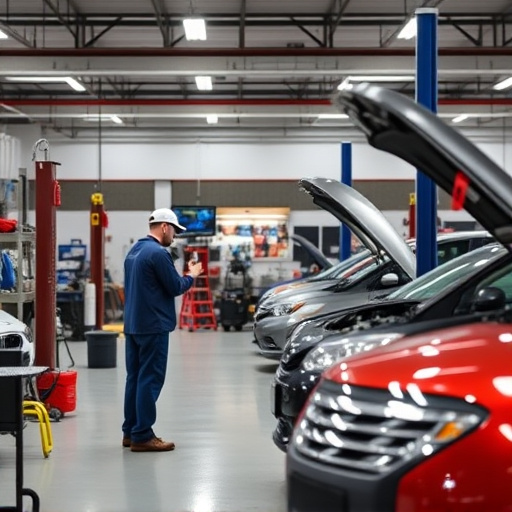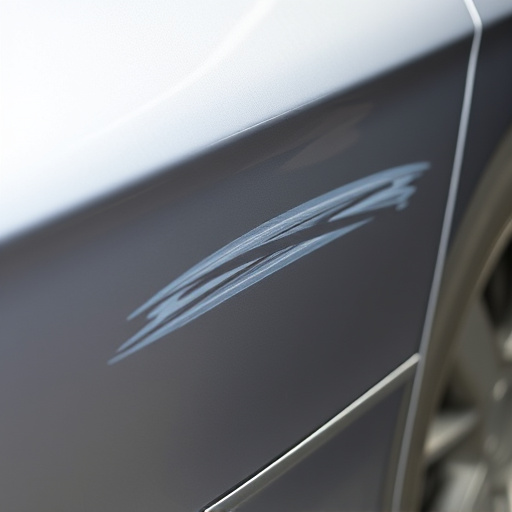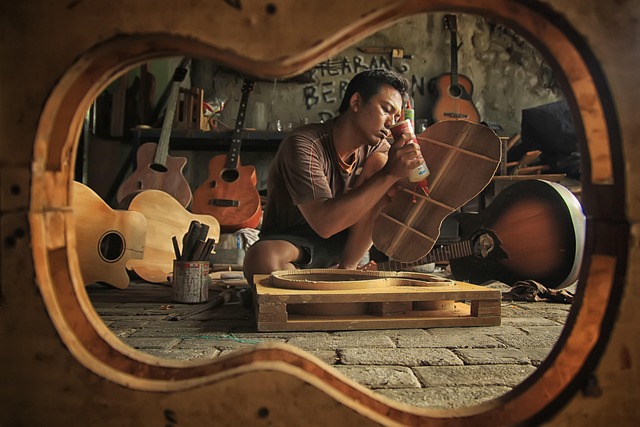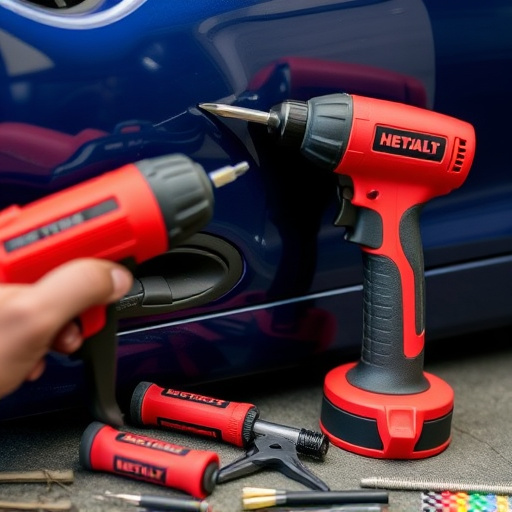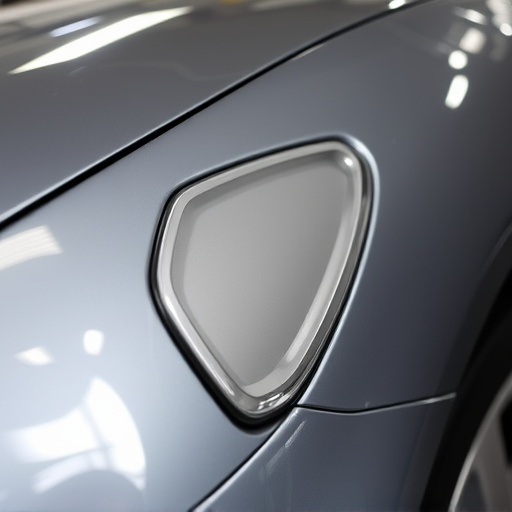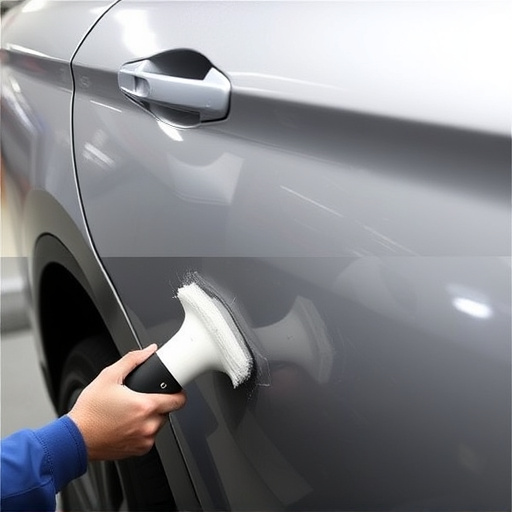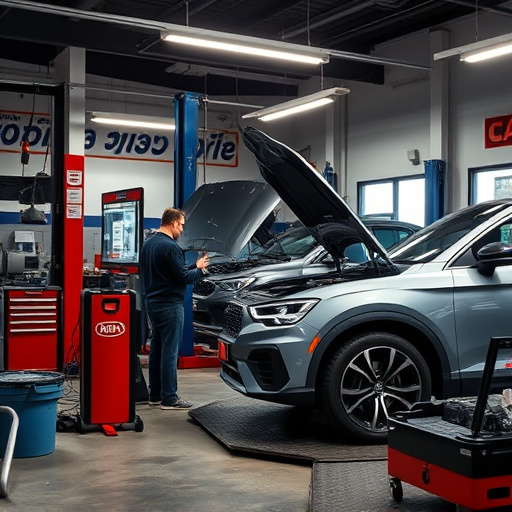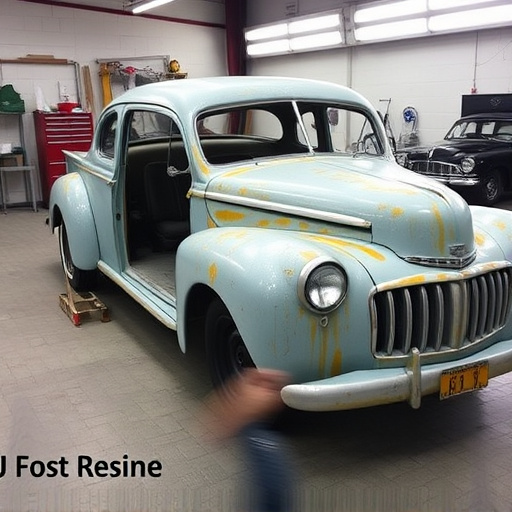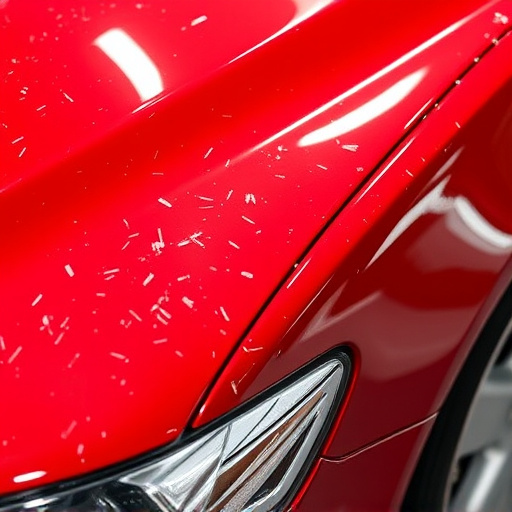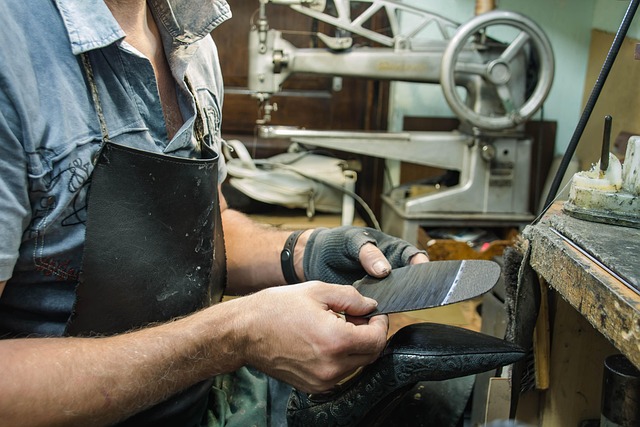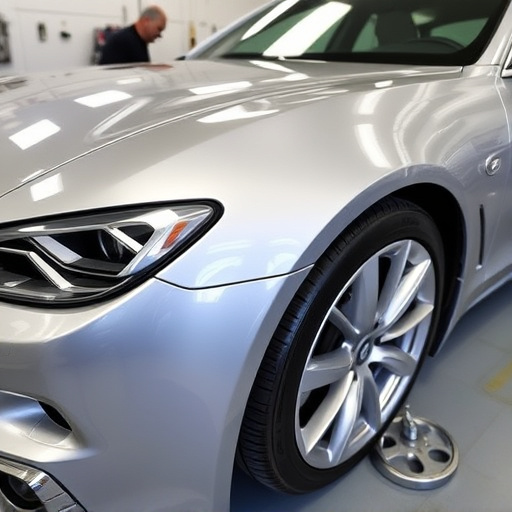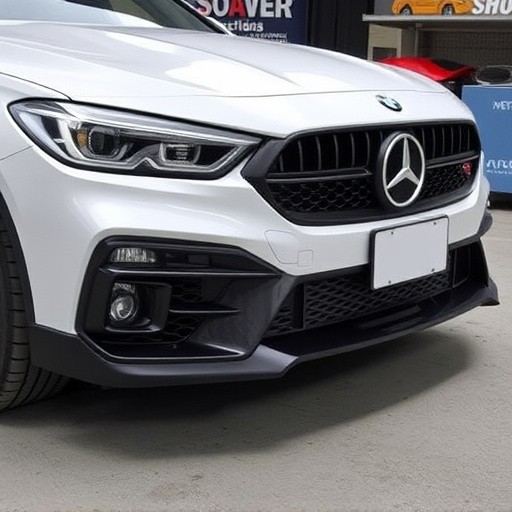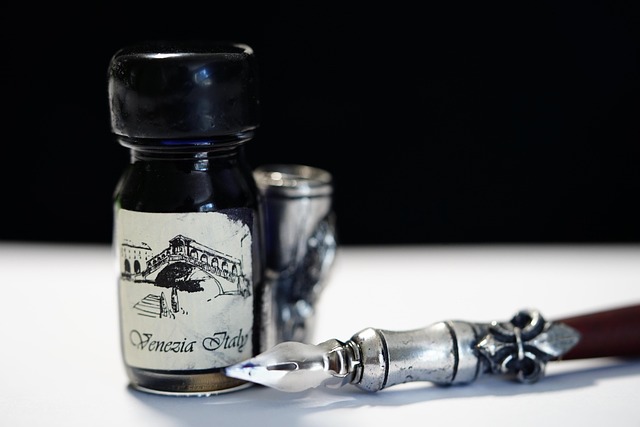Post-installation visual inspection of tempered glass is essential for identifying defects, ensuring structural integrity and safety in architecture and vehicle repair. High-quality lighting reveals issues like air bubbles or misalignments, while proper edge finishing prevents rough edges and enhances safety. Rigorous mechanical durability testing ensures the glass can withstand impacts, preserving aesthetics and occupant protection. These measures are crucial for customer satisfaction and quality control in tempered glass installations.
Post-installation tempered glass inspection is a vital step in ensuring safety and quality in any building project. This comprehensive guide delves into the key elements of evaluating tempered glass, covering visual defects, safety criteria for edge finishing, and mechanical durability testing. Understanding these critical aspects is essential for maintaining structural integrity and upholding high standards in tempered glass installation.
- Visual Inspection: Checking for Visible Defects
- Safety Criteria: Ensuring Proper Edge Finishing
- Quality Assurance: Testing Mechanical Durability
Visual Inspection: Checking for Visible Defects
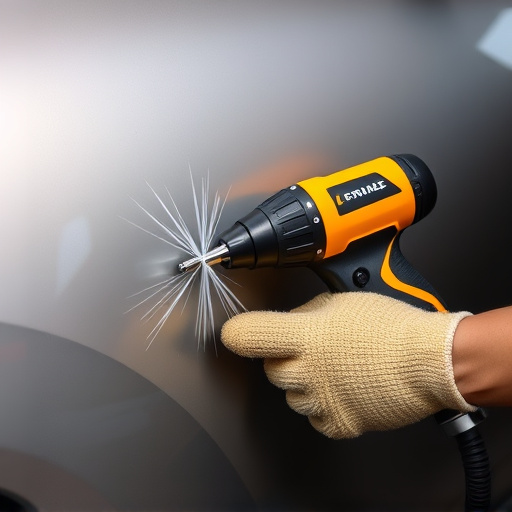
During the post-installation phase of tempered glass, a thorough visual inspection is paramount to identifying any visible defects that may have been overlooked during the initial setup process. This meticulous examination involves scrutinizing the glass surface for chips, cracks, streaks, or any other imperfections that could compromise its structural integrity and safety features.
By employing high-quality lighting conditions, inspectors can uncover subtle issues like air bubbles trapped within the glass matrix or misalignments of the panels. This step is crucial in ensuring customer satisfaction and providing peace of mind, especially considering the importance of tempered glass in various applications, from architectural structures to vehicle repair services, where safety is paramount. Remember that a single imperfection could have significant implications, so a meticulous visual inspection is an essential part of the quality control process for any auto repair shop or car paint repair facility handling tempered glass installations.
Safety Criteria: Ensuring Proper Edge Finishing
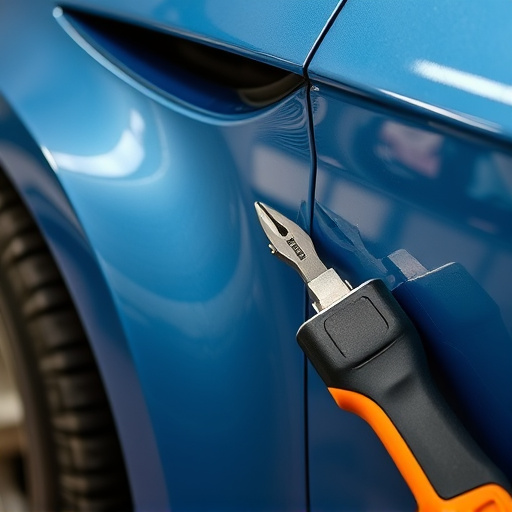
One of the critical aspects of post-installation tempered glass inspection is ensuring proper edge finishing, which directly impacts safety criteria. During the tempered glass installation process, meticulous attention must be given to the edges to prevent any rough or sharp edges that could pose a hazard. Auto maintenance professionals and vehicle collision repair experts understand this crucial step as it significantly reduces the risk of injuries during accidents or routine auto maintenance checks. Proper edge finishing involves creating smooth transitions along the glass perimeter, ensuring no jagged or protruding fragments that might cause damage in case of a fender bender or similar incidents.
This meticulous process is not just about safety; it also ensures aesthetic appeal and longevity of the glass. In the world of vehicle design and auto maintenance, where aesthetics meet functionality, tempered glass installation requires careful handling and finishing to match the vehicle’s overall look and perform optimally. Proper edge treatment prevents chipping or cracking, enhancing the glass’ structural integrity and visual appeal.
Quality Assurance: Testing Mechanical Durability
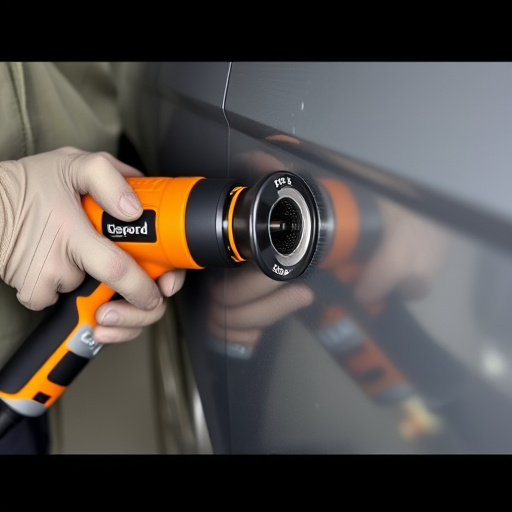
After a tempered glass installation, ensuring the product’s mechanical durability is paramount for both safety and aesthetics in collision repair services or autobody repairs. This involves rigorous testing to verify the glass can withstand forces typically encountered during vehicle repair services, such as impacts and pressure differentials. Experts utilize specialized equipment to simulate real-world scenarios, checking for cracks, chips, or any signs of compromise that could affect structural integrity.
These quality assurance measures are crucial in ensuring the safety of drivers and passengers while also maintaining the visual appeal of the vehicle. In the context of tempered glass installation, understanding how the glass performs under stress is as vital as its initial fitting, making it a key element to consider when evaluating collision repair services or autobody repairs.
During a post-installation tempered glass inspection, several key elements must be carefully evaluated. From conducting a visual inspection for any visible defects to ensuring safety criteria are met through proper edge finishing, each step is crucial in maintaining the integrity and durability of the tempered glass. Furthermore, quality assurance testing plays a vital role in confirming mechanical durability. By focusing on these aspects, you can ensure that your tempered glass installation stands the test of time, enhancing both safety and aesthetics.
